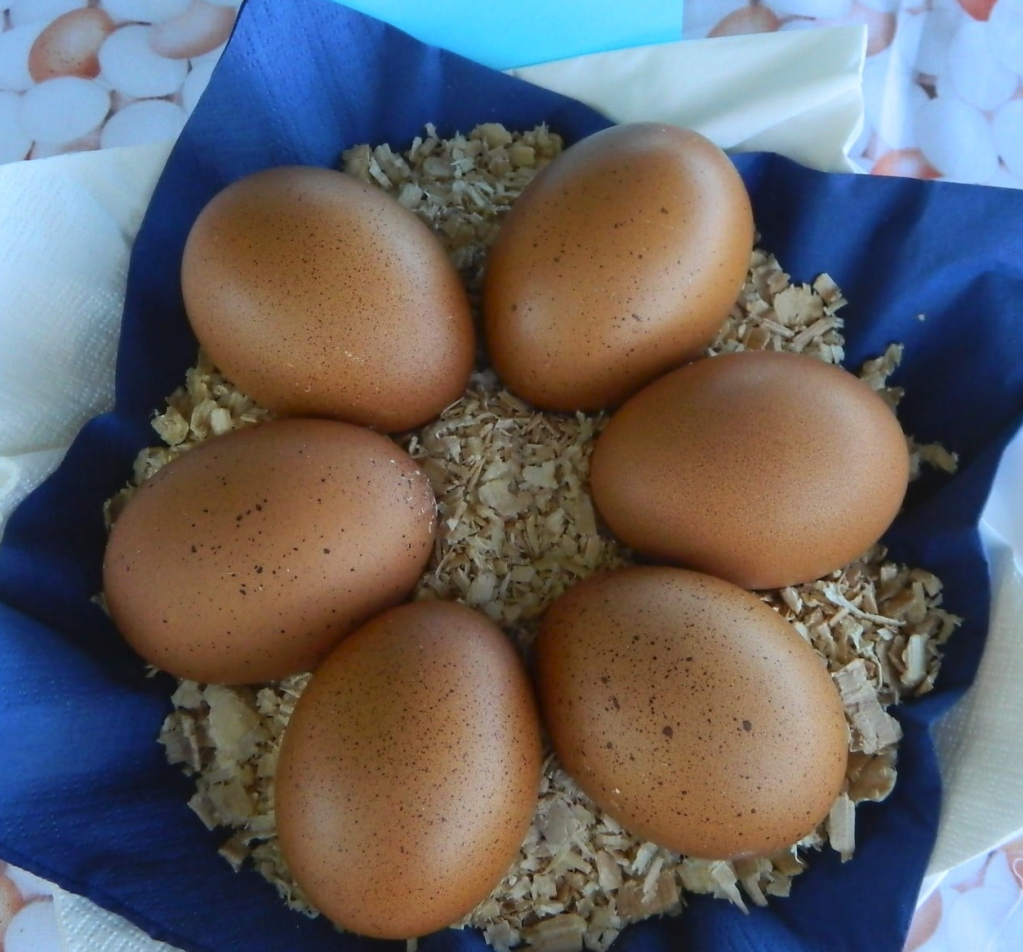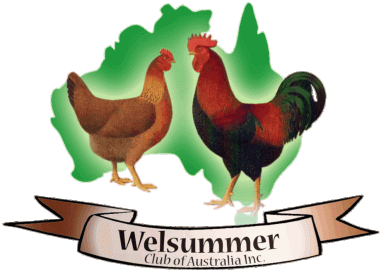Light Breed SoftFeather
Scale of Points
| General Type | 20 |
| Handling, size and dual-purpose qualities | 30 |
| Head | 10 |
| Legs and Feet | 10 |
| Colour | 20 |
| Condition | 10 |
| Total | 100 |
Male Characteristics

| Carriage | Upright, alert and active |
| Type | Body: well built on good constitutional lines Back: broad and long Breast: full, well rounded and broad Wings: moderately long, carried closely to the sides Tail: fairly large and full, carried high but not squirrel. Abdomen long, deep and wide. |
| Head | Head: symmetrical, well balanced, of fine quality without coarseness or exaggeration. Skull refined, especially at back. Comb: single, of medium size, firm, upright, free from any twists or excess around nostrils, clear of nostrils and of fine, silky texture. Five to seven broad and even serrations, the blade following closely but not touching the line of the skull and neck Eyes: keen in expression, bold, full, highly placed in skull and standing out prominently when viewed from front or back; pupils large and free from defective shape Beak: strong, short and deep. Face: smooth, open and of silky texture, free from wrinkles or surfeit of flesh and without overhanging eyebrows. Earlobes: small and almond-shaped. Wattles: of medium size, fine and silky in texture and close together. |
| Neck | Fairly long, slender at top but finishing with abundant hackle. |
| Legs and Feet | Thighs: to show clear of body without loss of breast. Shanks: of medium length, medium bone and well set apart, free from feathers and with soft, pliable sinews, free from coarseness. Toes: four, long, straight and well spread out, back toe to follow in straight line, free from feathers between toes. |
| Plumage | Tight, silky and waxy, free from excess or coarseness, silky at abdomen and free from bagginess at thighs |
FEMALE CHARACTERISTICS

The general characteristics are similar to those of the male allowing for the natural sexual differences.
Handling: pelvic bones fine and pliable; abdomen pliable; flesh and skin of fine texture and free from coarseness; plumage sleek; abdomen capacious, but well supported by a long breastbone and not drooping; general handling of a fit, keen and active layer.
COLOURS
| Partridge | Male Plumage: Head and neck: rich golden brown. Hackles: rich golden brown as uniform as possible, free from outwardly visible black striping, yet underpants may show a little striping. Back, shoulder coverts and wing bow: bright red-brown Wing coverts: black with green sheen forming a broad wing bar (a little brown peppering is permissible). Primaries: inner web black, outer web brown. Secondaries: outer web brown, inner web black with brown peppering Main Tail: black with beetle green sheen; coverts, upper black, lower black edged with brown Breast: black with read mottling. Abdominal and thigh fluff: black and red mottled |
| Female Plumage: Head and neck: rich golden brown. Hackle: rich golden brown or copper, the lower feathers with black striping and golden shaft. Breast: rich chestnut red going well down to the lower parts. Back and wing bow: redish-brown, each feather stippled or peppered with black spots (i.e. partridge marked), shaft of feather showing lighter and quite distinct. Wing bar: chestnut brown Primaries: inner web black, outer brown. Secondaries: outer web brown coarsely stippled with black, inner web black, slightly peppered with brown. Abdomen and thighs: brown with grey shading. Tail: black, outer feathers pencilled with brown. | |
| Silver Duckwing | Male Plumage: Head, neck and hackles: White Breast: black with white mottling. Back, Shoulder coverts and wing bow: white. Primaries: inner web black outer web white. Secondaries: outer web white inner web black with white peppering. Coverts: black with green sheen forming a broad bar across primaries. Tail: main tail black with beetle green sheen. Coverts; upper black, lower black edged with white. Abdominal and thigh fluff: black with white mottling. |
| Female Plumage: Head and skull: silvery white. Hackle: silvery white, lower feathers with black striping and white shaft. Breast: salmon or robin red. Back and wing bow: silvery grey, each feather peppered or stippled with black specks (i.e. partridge marking), shaft of feather showing light and very distinct. Wing bar: silvery grey Primaries: inner web black, outer web white. Secondaries: outer web white, coarsely stippled with black, inner web, black slightly peppered with white. Abdomen and thighs: silvery grey Tail: black, outer feathers pencilled with white, silvery grey. |

| All Varieties | In both sexes: Beak: yellow or horn Eyes: red Comb, face, earlobes and wattles: bright red Shanks and feed: yellow Undercolour: dark slate grey. |
WEIGHTS
| Large Fowls | Male (Cock) | 3.20kg |
| Female (Hen) | 2.70kg | |
| Young Male (Cockerel) | 2.70kg | |
| Young Female (Pullet) | 2.00-2.25kg | |
| Bantam | Male (Cock & Cockerel) | 910-1020g |
| Female (Hen & Pullet) | 790-910g |
Disqualifications and Serious Defects
General Disqualifications, read page 11
Serious Defects read page 13
Additional serious defects for this breed are:
Striping in neck hackle or saddle hackle of male
Absolutely black or solid red breast in the male
Salmon breast in the partridge female.
Coarseness, beefiness or anything which interferes with the productiveness and dual-purpose qualities.
(Submitted for the next version of the Australian Standard)
Egg Standard
The town egg preceded the Welsummer breed. Various farmers’ fowl around the village of Welsh laid large dark brown eggs. It was from these mongrel flocks that the Welsummer was developed and standardised. The Welsummer Club Australia would like to perpetuate the laying qualities and brown egg capabilities of the breed. Eggs should follow the weight standards for all breeds.

Scale of points
| Colour | 25 |
| Shape | 25 |
| Size | 20 |
| Shell Texture | 20 |
| Appearance and Bloom | 10 |
| Total | 100 |
Colour: A rich deep red-brown, as dark as possible. the pigment to be evenly distributed over the whole surface. Some products are speckled, mottled and occasionally blotched.
Shape: Egg shaped; the top, containing the air space, domed, the bottom less so and more pointed, with ample girth.
Size: Exhibition eggs should be of good size. Eggs should follow the weight Standards laid out in the egg section of the standards.
Shell texture: Matt, smooth and free from ridges, pimples or porosity. Glossy eggs can be produced but the matt egg is the preferred.
Appearance and bloom: Exhibition eggs should be fresh, clean with new laid bloom and with minimal nest marks and scratches.
Serious Defects
- Pale colour
- Poor shape: spherical, narrow or equally domed at both ends.
- Small size
- Uneven shell texture:ridges, calcareous pimples or roughness at either end.
- Very glossy or thin and porous shell
- Excessive nest marks or scratches
- Dirty or stained
- Anything interfering with hatchability
- Staleness
- When more than one egg forms a single exhibit they should match and be similar in all respects: failure to do so constitutes a serious defect.
.
